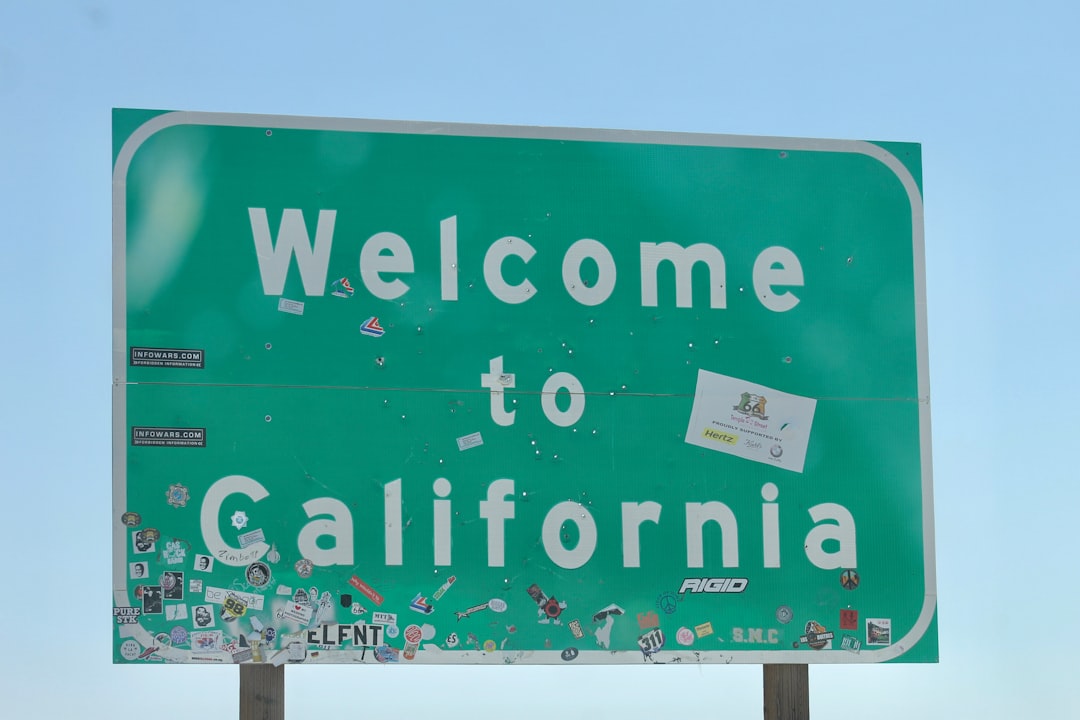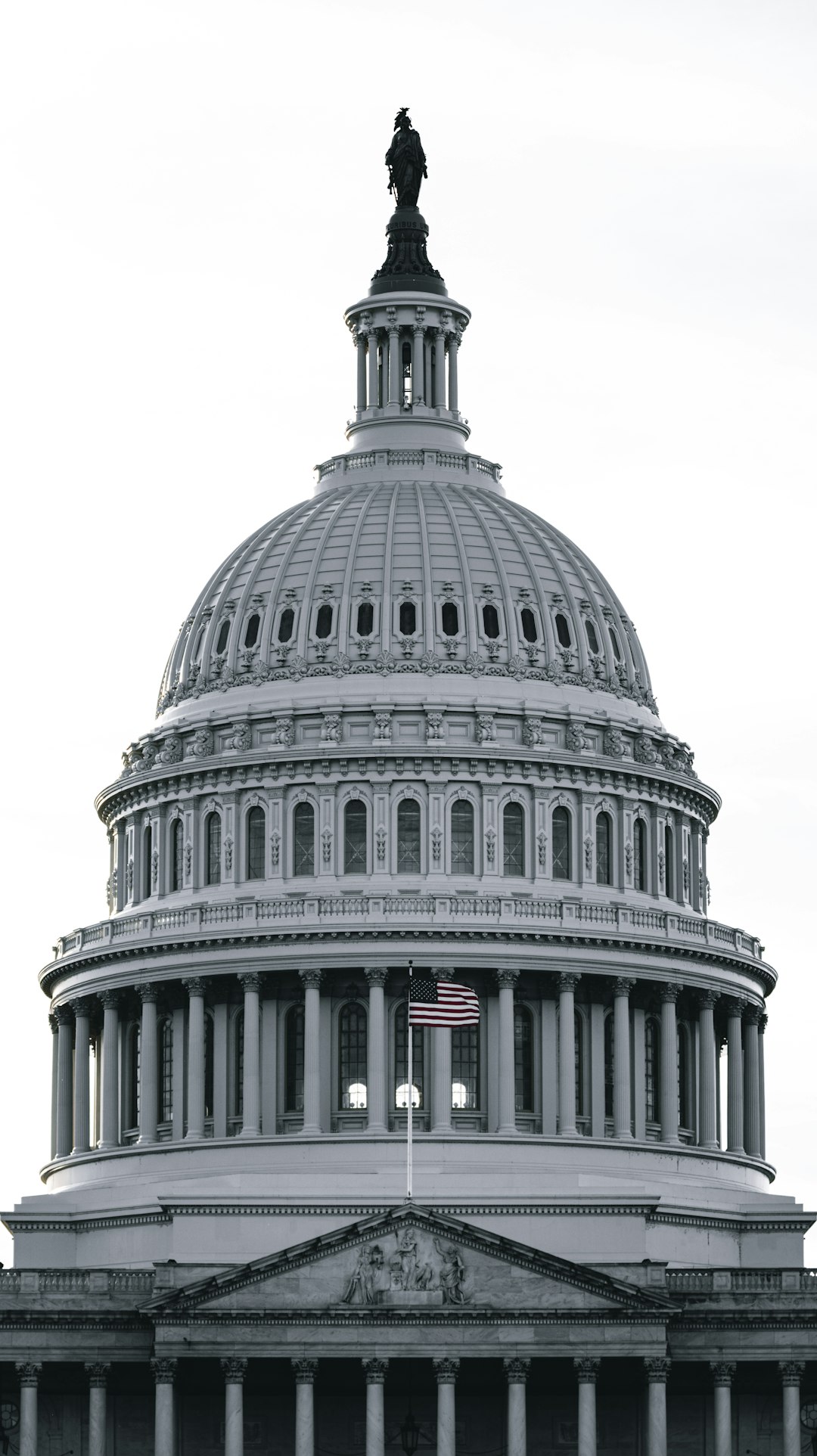A Tale of Two Americas Emerges

If someone had told you five years ago that red states would be dominating America’s economic recovery while traditionally blue powerhouses struggled, you might have laughed. Yet here we are in 2025, watching this exact scenario unfold across the nation. Red states like Florida and Texas outpaced most blue states in post-pandemic job growth and domestic migration, attracting businesses and residents seeking lower costs of living and fewer regulations. This isn’t just about politics anymore – it’s about where Americans can actually afford to live and work. Red states now number 31, while blue states, including Washington D.C., total 20. What we’re seeing is nothing short of an economic realignment that’s reshaping the country’s financial landscape. The numbers don’t lie, and they’re telling a story that might surprise both sides of the political aisle.
The Red State Job Creation Machine

Five states are currently enjoying better-than-average performance on four key metrics: job growth, personal income growth, gross domestic product growth and gas prices. Four of those five states delivered their electoral votes for Trump in the 2020 election, including Idaho, Texas, South Carolina and Utah. Texas alone stands as a testament to red state economic prowess. Texas added 187,700 jobs from January 2024 to January 2025, bringing the annual nonfarm growth rate to 1.3 percent. January marks 55 of 57 months of growth for Texas’ civilian labor force. These aren’t just any jobs either – they’re quality positions that attract skilled workers from across the nation. Texas posts the nation’s third-highest GDP growth, in part because the state added more people than any other last year. It’s like watching a snowball effect in action, where job creation leads to population growth, which leads to more economic activity.
Florida’s Business Magnet Strategy

Florida has become the corporate relocation capital of America, and the numbers are staggering. In 2023, net firm migration, at 503 firms, was highest in Florida, as 1,000 firms moved into the state and 497 left the state. By contrast, net firm migration was lowest in California, which had 601 firms move into the state and 1,134 firms leave the state, resulting in a net loss of 533 firms. But here’s where it gets interesting – the net number of Americans moving to Florida dropped sharply from 317,923 in 2022 to just 63,346 in 2024. Even with this slowdown, Florida Chamber Foundation analysts expect 2.5 to 3% annual real GDP growth in 2025. The state has built such strong economic momentum that it’s maintaining growth even as migration patterns shift. The Florida Chamber Foundation projects the Sunshine State will continue to lead the nation in net income migration in 2025.
The California Conundrum

California tells a dramatically different story that would make any economist pause. California saw more people pack up and move out than any other state between 2023 and 2024, according to data from the Census Bureau. In just a year, the Golden State said goodbye to 239,575 residents. But wait – there’s more to this tale. From 2023 to 2024, the state increased by 233,000 people, growing to 39.4 million in July. How is that possible? The answer reveals California’s complex economic reality. According to the Census Bureau, “The growth was primarily driven by rising net international migration.” This is nothing to brag about. These are not citizens. The unemployment rate sits at 5.2%, up by more than one percentage point over the last two years and now the highest of any state in the nation. In contrast, the unemployment rate in the United States as a whole has risen from 3.7% to just 4% over the last two years.
The Great Business Exodus

The corporate migration from blue to red states reads like a who’s who of American business. In July 2024, billionaire Elon Musk announced he was moving the headquarters of X, formerly Twitter, and SpaceX to Texas. “Because of this law and many others that preceded it, attacking both families and companies, SpaceX will now move its HQ from Hawthorne, California to Starbase, Texas”. In August 2024, oil giant Chevron announced it was moving its headquarters from San Ramon, California, to Houston. This isn’t just about high-profile companies making headlines. 441 businesses have left California since 2018 and moved their headquarters to a different state. High rent, high taxes, high costs of living for employees, and red tape are just a few reasons cited by the exiters. Think of it as corporate America voting with its feet, and the ballots are being cast overwhelmingly for red states.
The Tax Advantage That Changes Everything

Here’s where the rubber meets the road in terms of economic competitiveness. Some people are also moving out of California because of the state’s notoriously high taxes. California has the nation’s highest state income tax rate at 12.3 percent, along with steep sales and gas taxes. But the tax story gets more interesting when you flip the script. According to a February 2025 analysis by TIME: Blue states contribute more in federal taxes than they receive back in spending. Red states, meanwhile, tend to get more in federal support than they pay in. Put simply, California, New York, and Massachusetts are subsidizing Mississippi, Alabama, and West Virginia. Meantime, 11 Republican-led states cut taxes during the Covid year of 2021. It’s like a perfect storm of economic incentives pushing people and businesses toward states with lower tax burdens and better business climates.
Housing Costs Drive Economic Migration

According to Zillow, the average home value in California is about $773,300. Even though prices in some areas, like SoCal, appear to be stabilizing or even dropping, home values in California remain high overall. As a result, many people are leaving California to realize their dreams of homeownership. The housing crisis isn’t just a California problem – it’s reshaping the entire American economy. The median home price in Florida rose to $393,500 in late 2024, above the national average. In cities like Miami, the median listing price has skyrocketed to $629,575, pricing out many would-be buyers. For those who live in California, the housing problem is not with affordability, but with supply. The lack of supply has forced prices up and compelled some residents to leave in search of more affordable housing. To prevent further exodus, the state needs to build enough new market-rate housing to meet incoming demand.
Labor Market Divergence Tells the Real Story

The unemployment numbers reveal a stark contrast that cuts to the heart of economic performance. In total, 19 states had unemployment rates lower than the U.S. figure of 4.2 percent, 6 states and the District had higher rates, and 25 states had rates that were not appreciably different from that of the nation. The bottom 10 states for health care all voted for Trump over Harris, yet the highest-ranking solidly red state in health care is Utah, at 14th. The median ranking for a Harris-won state in health care is 10th; the median for a state won by Trump is 34th. But here’s the twist that challenges conventional wisdom: Eighteen months into the pandemic, nearly all states with the lowest unemployment rates were Republican-led. As Covid subsided in 2022, a Moody’s study found that red states were leading the nation’s economic revival. The job market recovery patterns show red states bounced back faster and stronger from pandemic disruptions.
The Innovation Economy Remains Blue

While red states dominate in job creation and business migration, blue states still hold significant advantages in certain sectors. Blue states retained strength in education, healthcare access, and tech innovation, but faced political backlash over lockdowns and urban crime. Blue states consistently rank better in the health care and natural environment categories of the rankings, and it may be no coincidence that these are two issues of long-standing importance to Democratic politicians. California remains the global center of technology innovation, even as companies relocate their headquarters elsewhere. The state’s universities, research institutions, and venture capital ecosystem continue to generate breakthrough innovations that drive economic growth. However, more people with graduate or professional degrees left California than arrived from other parts of the county, a remarkable reversal for a state with a powerhouse economy and world-class universities. According to the latest available data from the Brookings Institution, roughly 30,200 more people with advanced degrees left California than arrived in 2021. It’s like watching the golden goose slowly migrate to places where the grass is greener and the taxes are lower.
Manufacturing and Energy Give Red States an Edge

Texas is the No. 1 trading state in the nation, with more than $850 billion in total U.S. trade in 2024. The state accounts for 16 percent of the U.S. total. Energy production has become a massive economic differentiator, with red states dominating oil, natural gas, and renewable energy sectors. The political shift has been accompanied by massive changes in migration patterns toward Republican states. That has corresponded with rising economic power of areas like the Southeast, now solidly Republican, even as Democratic-leaning regions decline. Texas and other energy-producing states benefited enormously from volatile energy prices and increased domestic production. A total 6.8 percent of Texas jobs depended on exports in 2022. Using a state tariff database, the Trade Partnership Worldwide estimates a potential cost of $47 billion to Texas firms from a 25 percent tariff on imports from Canada and Mexico and a 10 percent additional tariff on imports from China. Anticipated Texas gross domestic product growth would decline by 1.5 percentage points because of the loss in purchasing power. Manufacturing has also seen a renaissance in red states, driven by lower costs and business-friendly policies.
Population Trends Shape Economic Destiny

U.S. Census Bureau figures show that between July 2023 and July 2024 the population of Texas rose by 562,941, with new residents attracted by the availability of work and low taxation. This gave Texas an annualized growth rate of 1.8 percent, the third highest in the U.S. behind Florida and the District of Columbia. A report released by Realtor.com in February concluded that in 2045 Texas’ population will have surged by 35 percent to 42 million, up from the current 31 million, and would replace California as the most populous state. Population growth directly translates to economic power through increased consumer spending, labor force expansion, and political representation. California (-239,575), New York (-120,917) and Illinois (-56,235) experienced the largest net domestic migration losses between 2023 and 2024. Texas (85,267), North Carolina (82,288) and South Carolina (68,043) saw the largest gains from domestic migration. These aren’t just numbers on a spreadsheet – they represent families, workers, taxpayers, and consumers reshaping the American economic landscape.
COVID Policy Impacts Still Reverberate

The unprecedented Covid-19 pandemic beginning in 2020 accentuated differences between red and blue jurisdictions. Democratic-dominated states kept their children out of school far longer, and imposed more restrictions on social gatherings, workers, and employers, than did Republican states. Even as they shut down their economies, blue states like California, New York, and New Jersey, facing self-imposed budget problems, raised taxes by billions of dollars. Meantime, 11 Republican-led states cut taxes during the Covid year of 2021. Though subsequent studies have found no clear pattern tying Covid death rates to state pandemic policies, those states that imposed fewer restrictions experienced much less disruption in their economies. Eighteen months into the pandemic, nearly all states with the lowest unemployment rates were Republican-led. The pandemic became an unintended economic experiment that tested different approaches to balancing public health and economic activity. The results speak volumes about which strategies proved more economically resilient.
The Federal Spending Paradox

Here’s where the economic story gets truly complex and challenges simple narratives. Blue states did receive more in COVID-19 relief funds, but red states have disproportionately benefited from Biden’s signature legislation—IRA, CHIPS, IIJA—by as much as fivefold. Blue states receive more funding from grants on a nominal ($2.3 trillion in blue states vs. $1.7 trillion in red) and per capita ($13,200 vs. 12,300) basis, much of which fund Medicaid; Special Supplemental Nutrition Program for Women, Infants, and Children; Child Care and Development Block Grants. This creates an interesting paradox where blue states that contribute more in federal taxes also receive significant federal investment, while red states that receive more than they contribute are simultaneously attracting private investment and job creation. It’s like a complex economic ecosystem where federal policy and private market forces sometimes work in opposite directions.
Looking Forward: Economic Realignment Continues

The economic reshuffling between red and blue states shows no signs of slowing down in 2025 and beyond. An increasing number of companies are relocating their headquarters to Texas, drawn by lower taxes, business-friendly regulations and a growing talent pool. South Carolina tops U-Haul’s 2024 Growth Index for the first time, with more than 51.7% of moves into the state. Texas and Florida drop from their usual dominance, ranking second and fourth respectively. U-Haul expects migration patterns to remain consistent in 2025, with Southeastern states continuing to attract movers. The ongoing focus on affordability and lifestyle improvements will likely keep these trends stable. As we edge toward 2026 and 2028, expect the landscape to keep shifting — not with earthquakes, but with slow, steady tremors that can sometimes change everything. In the end, America’s political map may be split, but its future is undeniably shared. The economic competition between states is ultimately driving innovation, efficiency, and better governance as states compete for residents and businesses.
The post-pandemic economic recovery has revealed fundamental differences in how red and blue states approach business, taxation, and governance. While red states have clearly gained the upper hand in job creation, business attraction, and population growth, blue states maintain advantages in innovation, education, and certain quality-of-life metrics. What’s fascinating is how this economic realignment is reshaping American politics and potentially the nation’s future balance of power. The numbers suggest we’re witnessing not just a temporary shift, but a long-term economic realignment that could define America for decades to come. Which approach will ultimately prove more sustainable – the red state model of low taxes and light regulation, or the blue state emphasis on public investment and social services? Only time will tell, but right now, the scoreboard clearly favors the red team.







